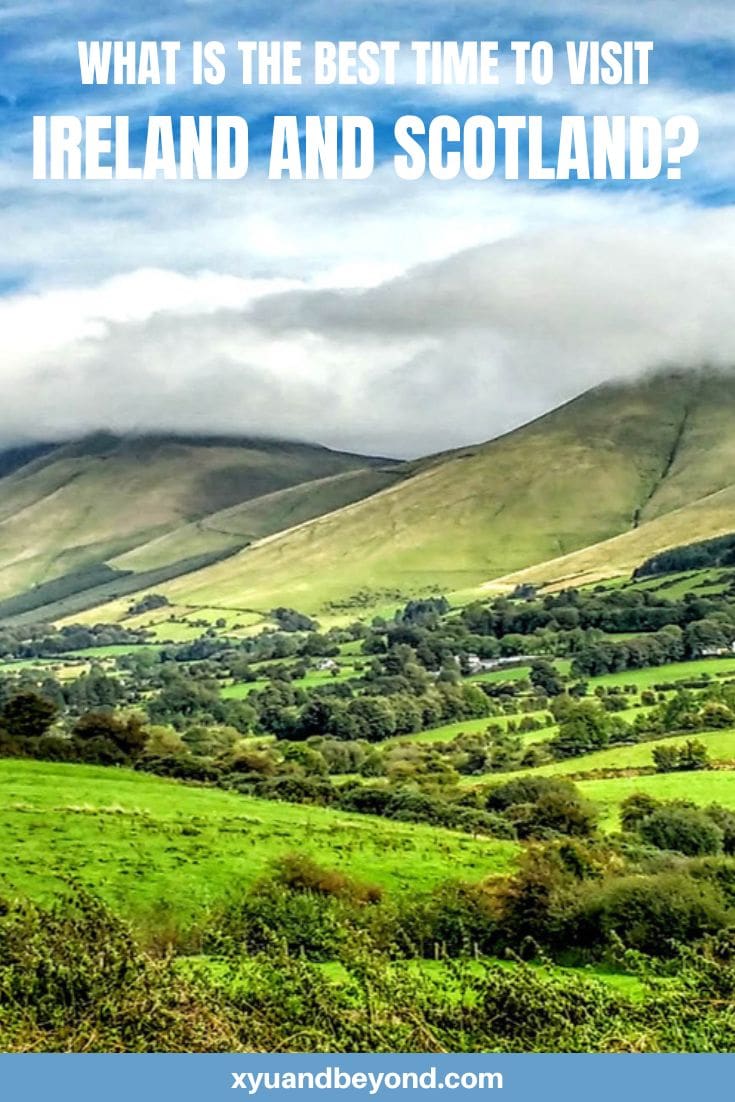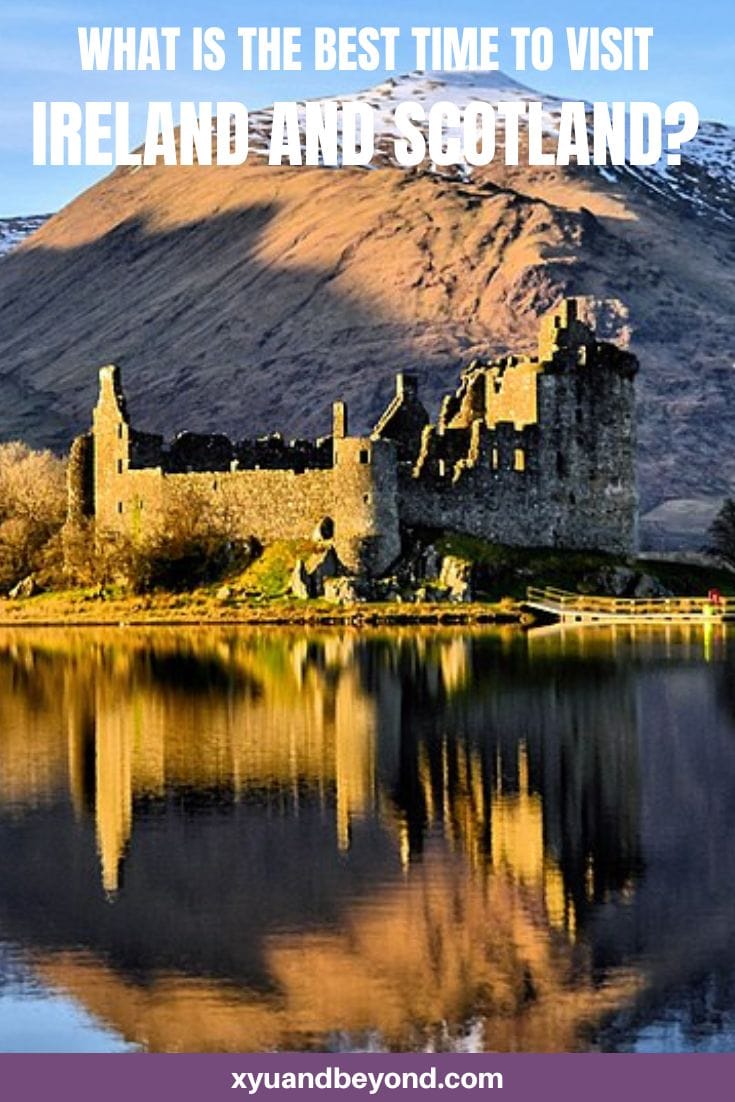Best time to visit Scotland and Ireland: The Ultimate Guide
Planning a trip to Ireland and Scotland? Choosing the right time to visit these picturesque destinations can greatly enhance your travel experience. From exploring the vibrant city of Dublin to venturing into the scenic landscapes of Ireland and Scotland, this ultimate guide will help you determine the best time to visit and provide useful tips for avoiding crowds. I lived in Ireland for several years and learned that the one thing you can’t rely on is the weather.
In Donegal they say you can experience 4 seasons in one day which is absolutely true. The truth is that both Scotland and Ireland are so beautiful that it doesn’t matter if the weather sucks the trick is to be prepared for it. So don’t plan your trip around what may be called ‘the best time of the year’ go when you want to go and just enjoy.
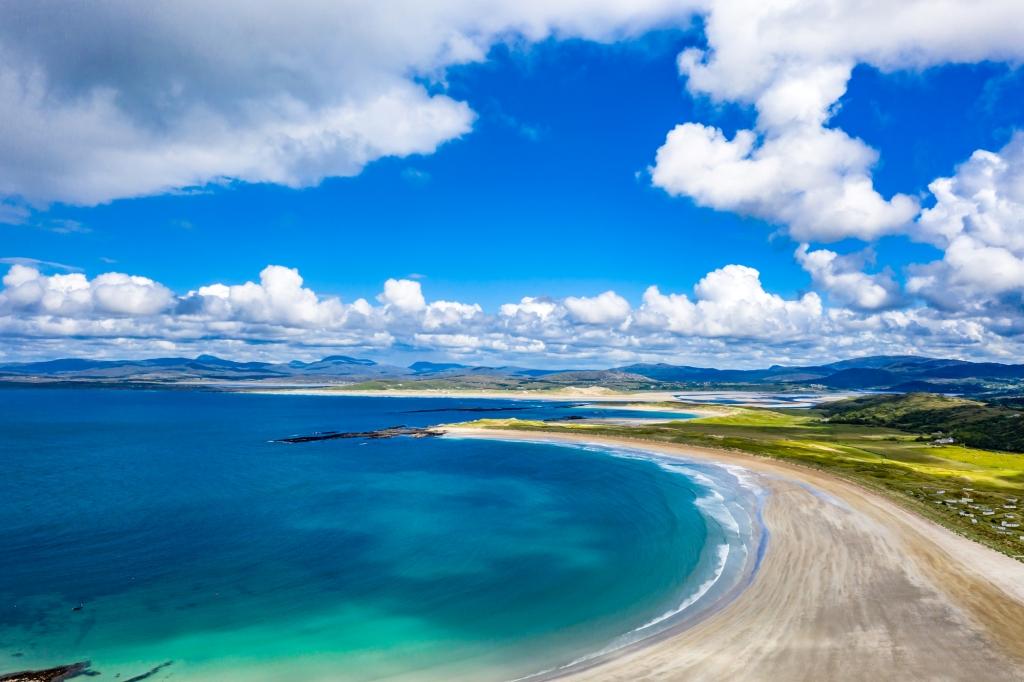
Scotland:
- 1. Spring (March to May): Spring brings milder temperatures and blooming landscapes. You can witness the country’s iconic castles, such as the Edinburgh Castle, surrounded by colorful gardens. The famous Highland Games also begin in May.
- 2. Summer (June to August): Like Ireland, Scotland experiences its peak tourist season in summer. The weather is generally warmer, and you can enjoy outdoor activities like hiking, exploring the Isle of Skye, or attending the Edinburgh Festival Fringe.
- 3. Autumn (September to November): Autumn in Scotland showcases stunning foliage, making it an excellent time for hiking and photography enthusiasts. You can also experience events like the Braemar Gathering, a traditional Highland games event.
- 4. Winter (December to February): Scotland’s winter months can be cold and wet, but they offer a unique atmosphere. The country’s famous Hogmanay celebrations take place during this time, especially in Edinburgh, featuring fireworks and street parties.
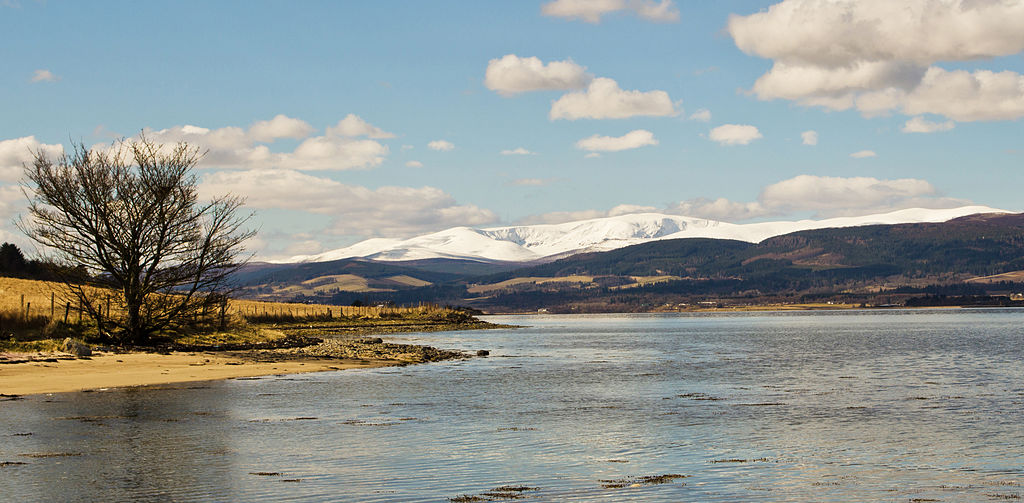
Ireland:
- 1. Spring (March to May): Spring in Ireland offers mild temperatures, blooming flowers, and fewer tourists. You can enjoy St. Patrick’s Day festivities in Dublin and witness the beautiful countryside turning green.
- 2. Summer (June to August): The summer months bring longer daylight hours and generally pleasant weather. However, this is the peak tourist season, so expect larger crowds especially in popular tourist spots like the Cliffs of Moher or the Ring of Kerry.
- 3. Autumn (September to November): Autumn in Ireland showcases colorful foliage and local festivals. The weather remains mild, making it an ideal time for exploring the countryside and visiting historical sites like the Rock of Cashel or the Giant’s Causeway.
- 4. Winter (December to February): Winter offers fewer tourists and lower prices for accommodations. However, the weather can be unpredictable, ranging from mild to chilly and wet. It is a great time to experience traditional Irish music sessions in cozy pubs.
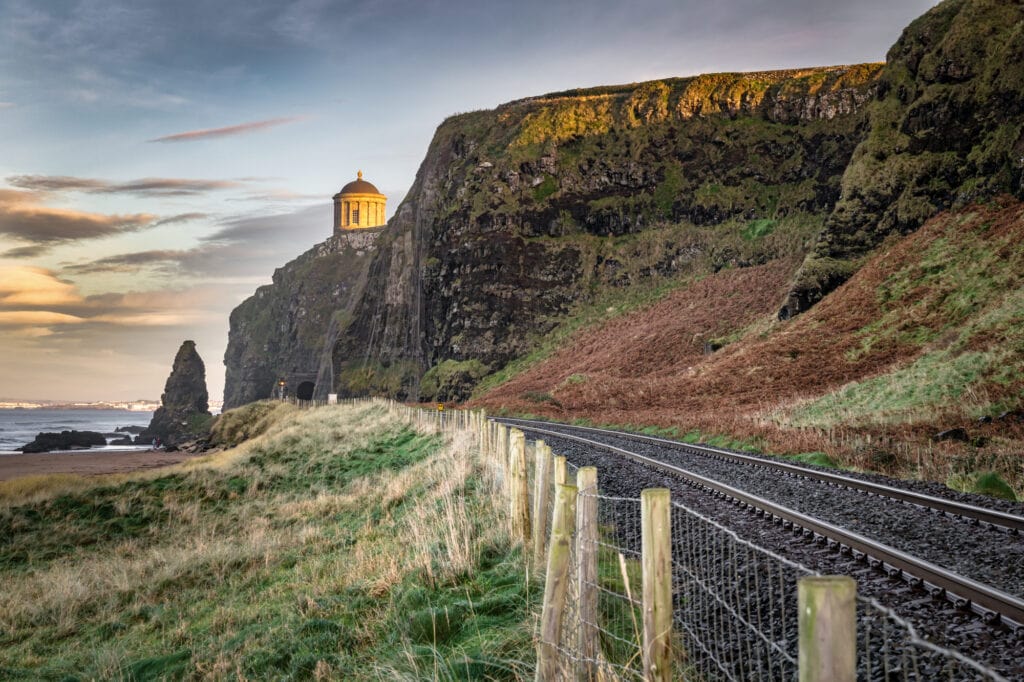
Tips for avoiding crowds:
1. Consider traveling during the shoulder seasons of spring and autumn when tourist numbers are lower.
2. If visiting during peak seasons, try to visit popular attractions early in the morning or late in the afternoon to avoid the crowds.
3. Explore less touristy areas or off-the-beaten-path destinations to have a more authentic and crowd-free experience.
4. Book accommodations and attractions in advance to secure your preferred dates and avoid disappointment.
5. Consider taking a guided tour or hiring a local guide who can provide insights and help navigate through crowded areas more efficiently.
- Best time to visit Scotland and Ireland: The Ultimate Guide
- Scotland:
- Ireland:
- Tips for avoiding crowds:
- Travel to Ireland and Scotland
- Experiencing the weather in Ireland and Scotland
- What is the ideal time to visit Scotland?
- Best time of year to visit Scotland
- Peak season in Scotland
- Exploring Scotland in winter
- Enjoying sunny days in Scotland
- Exploring Scotland in spring
- What is the ideal time to visit Ireland
- What to expect during summer in Ireland
- Winter adventures in Ireland
- When is the best time to go to Ireland?
- Best month to visit Ireland
- Shoulder season in Ireland
- Avoiding the crowds in Ireland
- Planning your Ireland and Scotland itinerary
- Must-visit places in Ireland and Scotland
- Choosing the right time based on daylight hours
- Exploring Northern Ireland
- Tips for avoiding crowds in Ireland and Scotland
- Exploring lesser-known destinations in Ireland
- Avoiding peak season in popular tourist spots
- Creating the perfect Ireland and Scotland itinerary
- Recommended tours in Scotland
- Exploring the scenic landscapes of Ireland
- Discovering the vibrant city of Dublin
- Finding the driest time in Ireland and Scotland
- Travel the Wild Atlantic Way or Ireland's Ancient East
- Frequently asked questions on the best time to visit Scotland and Ireland
Travel to Ireland and Scotland
Experiencing the weather in Ireland and Scotland
The weather plays a crucial role in determining the best time to visit Ireland and Scotland. Here’s what you can expect during different seasons.
What is the ideal time to visit Scotland?
When planning your trip to Scotland, it’s essential to consider the weather conditions and the activities you want to partake in. The best time to visit Scotland is during the summer months from June to August when you can enjoy milder temperatures and longer daylight hours.
Best time of year to visit Scotland
Summer is the peak season in Scotland, with July and August being the busiest months for tourists. If you want to avoid the crowds, visiting during the shoulder season in May or September is a good option. During these months, you’ll still experience moderate weather, and there will be fewer tourists, allowing you to explore the stunning landscapes of Scotland with ease.
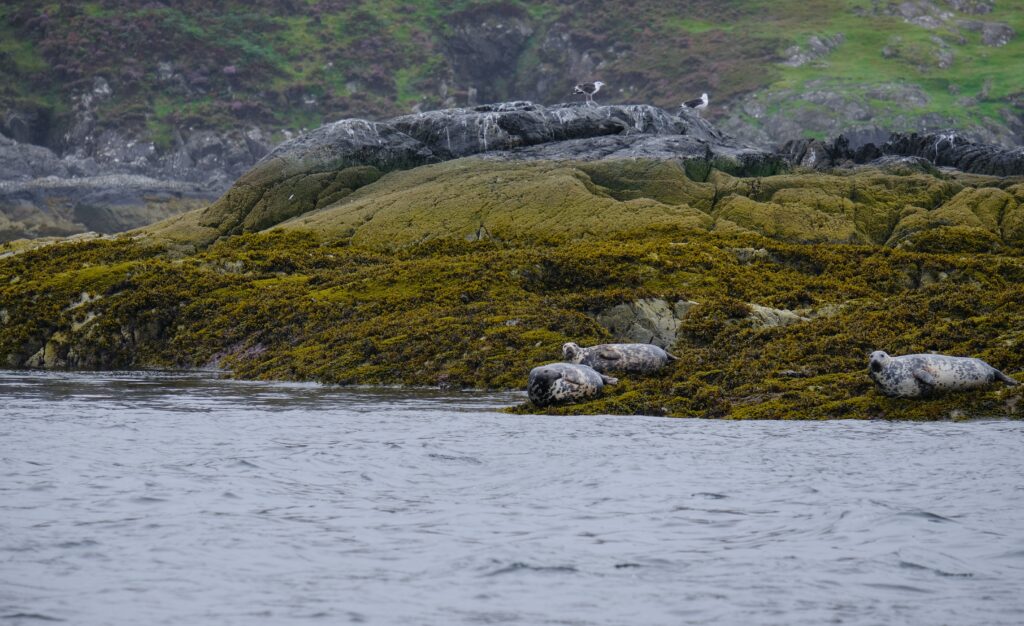
Peak season in Scotland
If you’ve decided to visit Scotland during the summer, it’s important to plan your itinerary well in advance and book accommodations and popular tours ahead of time. This is because tourist spots can get crowded, and availability may be limited. However, the summer months offer the advantage of longer daylight hours, giving you more time to explore and sightsee.
Exploring Scotland in winter
If you don’t mind the colder weather, visiting Scotland in winter can be a magical experience. The landscapes transform into a winter wonderland, and you can enjoy activities such as skiing or snowboarding in the Scottish Highlands. Just make sure to pack warm clothing and be prepared for shorter daylight hours.
Enjoying sunny days in Scotland
While Scotland is known for its unpredictable weather, the months of May and June tend to have more sunny days. This is the perfect time to explore the highlands and enjoy outdoor activities like hiking and biking.
Exploring Scotland in spring
Spring in Scotland, from March to May, brings milder weather with temperatures ranging from 8 to 12 degrees Celsius (46 to 54 degrees Fahrenheit). This is a great time to witness the blooming of flowers and enjoy the vibrant landscapes of the Scottish countryside.

What is the ideal time to visit Ireland
What to expect during summer in Ireland
During summer in Ireland, you can expect mild temperatures ranging from 15 to 20 degrees Celsius (59 to 68 degrees Fahrenheit). However, it’s always a good idea to pack a waterproof jacket as rain showers are common throughout the year.
Winter adventures in Ireland
Winter in Ireland and Scotland can be cold, with temperatures dropping to around 0 to 8 degrees Celsius (32 to 46 degrees Fahrenheit). However, if you’re prepared with warm clothing, winter offers unique experiences such as festive markets, cozy pub visits, and the chance to see the stunning landscapes covered in snow, although I have to admit what they call snow here in Ireland is a light dusting which freaks everyone out.
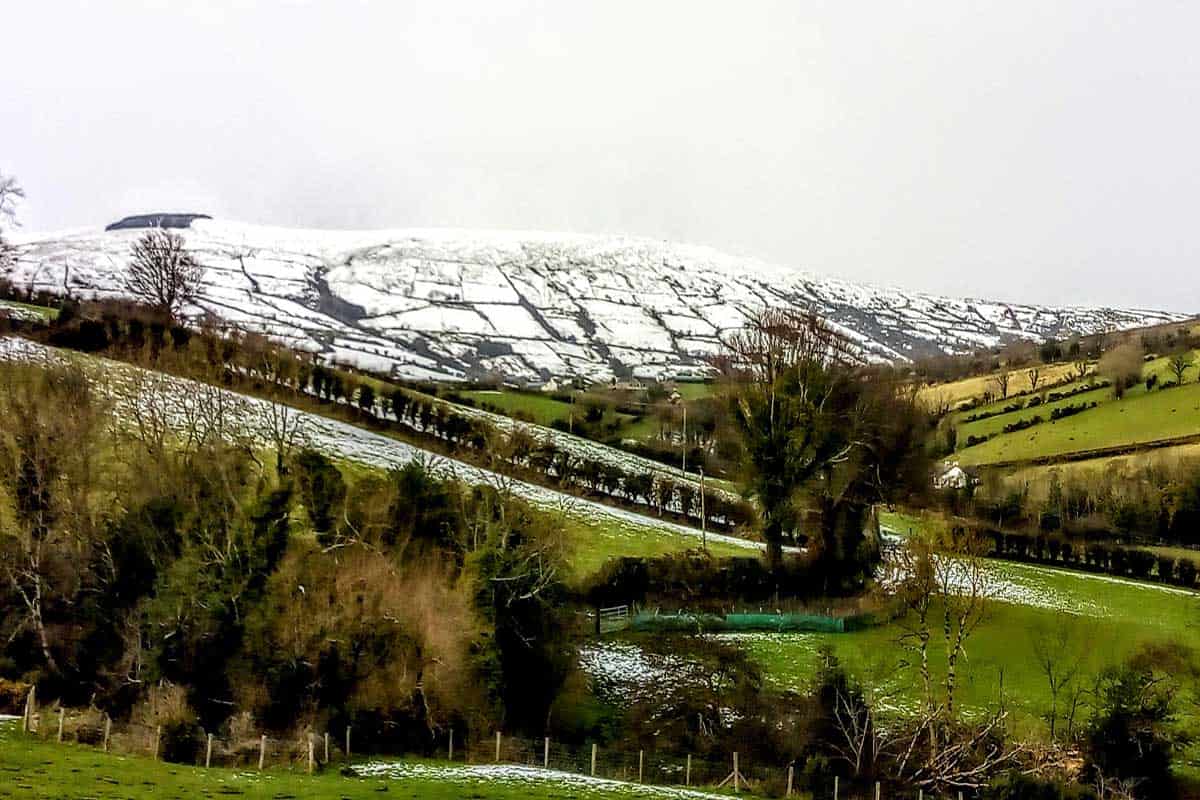
When is the best time to go to Ireland?
If you’re wondering when to go to Ireland, the answer depends on your preferences and what you want to experience during your trip. The best time of year to visit Ireland is during the summer months from June to August when the weather is relatively mild and the days are longer.
Best month to visit Ireland
While summer is the peak season in Ireland, some travelers prefer to visit in May or September when the weather is still pleasant, but there are fewer crowds. These months are considered the shoulder season in Ireland, offering a great balance between good weather and more affordable prices for accommodations and activities.
Shoulder season in Ireland
The shoulder season in Ireland includes the months of April, May, September, and October. During this time, you can expect milder weather compared to the summer months, but it’s still important to pack layers as the climate can be unpredictable. The advantage of visiting during the shoulder season is that you’ll encounter fewer crowds at popular tourist spots and have more flexibility in planning your itinerary.

Avoiding the crowds in Ireland
If you want to avoid the crowds altogether, consider visiting Ireland during the winter months. While the weather may be colder and there are shorter daylight hours, you’ll have a more peaceful and intimate experience as tourist numbers are significantly lower. Plus, you might even get the chance to see Ireland covered in a beautiful blanket of snow. However be aware that many tourist sites are not open over the winter months although you will find ones like Kilkenny Castle and Glenveagh open it really depends on the size of the site and its popularity with tourists.
Planning your Ireland and Scotland itinerary
When creating your itinerary for Ireland and Scotland, there are a few must-visit places that should be on your list. In Ireland, Dublin is a vibrant city with a rich history and bustling nightlife. Explore the iconic Guinness Storehouse, visit Trinity College, and take a stroll along the River Liffey and don’t miss some traditional music sessions in the pubs.
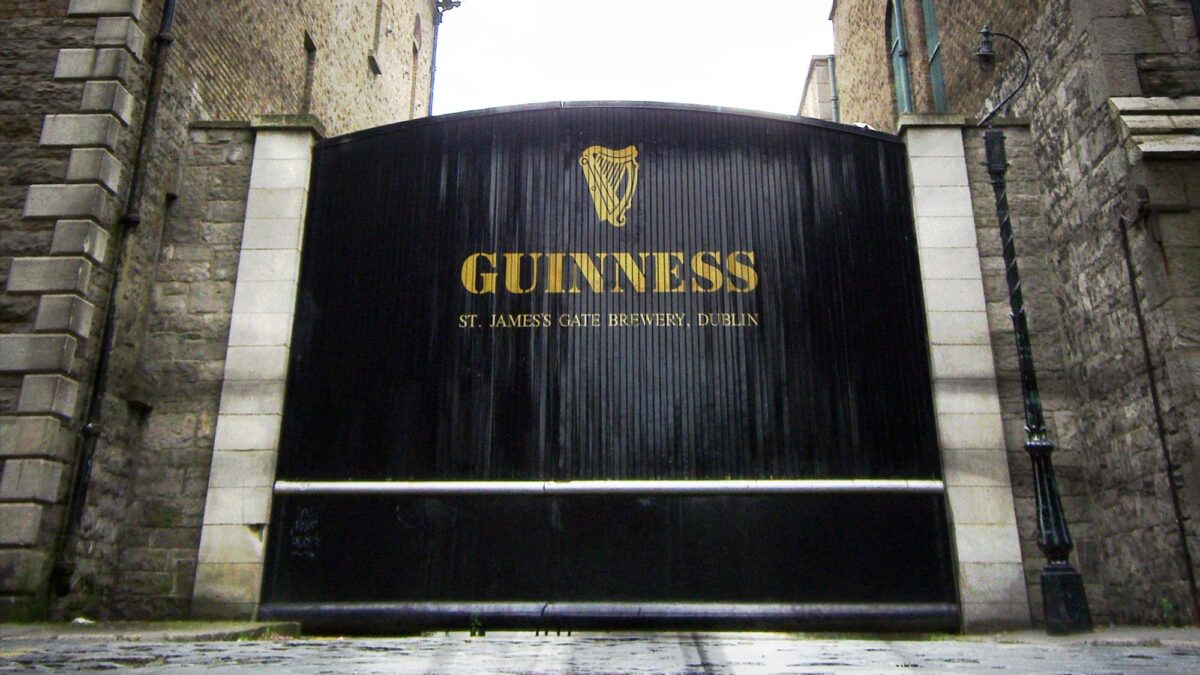
Must-visit places in Ireland and Scotland
In addition to Dublin, some other must-visit places in Ireland include Newgrange, the Dingle Peninsula, and the Causeway coast in Northern Ireland. In Scotland, don’t miss out on Edinburgh Castle, Loch Ness, and the Isle of Skye.
Choosing the right time based on daylight hours
When planning your Ireland and Scotland itinerary, it’s important to consider the daylight hours. During the summer months, the days are longer, allowing you to make the most of your time exploring. In contrast, winter days are shorter, so you may want to adjust your itinerary accordingly.
Exploring Northern Ireland
While planning your trip to Ireland, don’t forget to include a visit to Northern Ireland. Explore the cities of Belfast and Derry-Londonderry, marvel at the stunning landscapes of the Causeway Coast, and learn about the Troubles at the murals in Derry and Belfast.
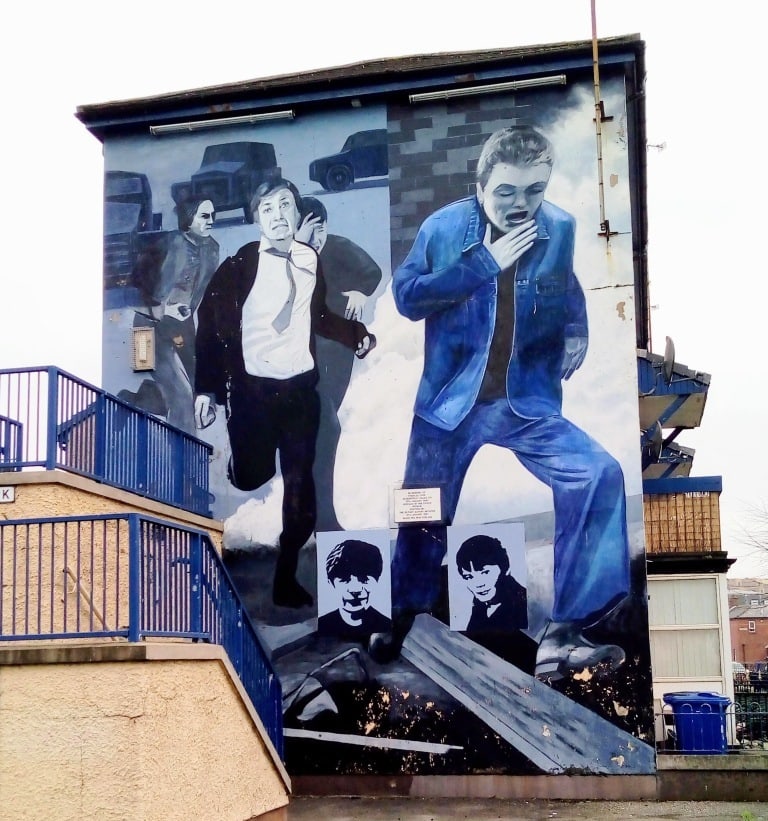
Tips for avoiding crowds in Ireland and Scotland
If you prefer a more tranquil and less crowded experience, consider these tips:
Visiting during the shoulder season
Opting to travel during the shoulder season, either in spring or autumn, will help you avoid the peak tourist crowds. You’ll still experience pleasant weather and have the advantage of enjoying popular destinations with fewer tourists.
Exploring lesser-known destinations in Ireland
In Ireland, consider visiting lesser-known destinations like Galway, which offers a vibrant cultural scene and stunning landscapes along the Wild Atlantic Way. Dingle Peninsula and County Donegal are also worth exploring for an off-the-beaten-path experience. Head to some of the phenomenal National Parks like Glenveagh in Donegal, Glendalough in the Wicklow mountains and you can even head to a Dark Sky Reserve to see the stars. Up in the north of Donegal on the Inishowen Peninsula you may even get a chance to see the Northern Lights or perhaps some puffins.
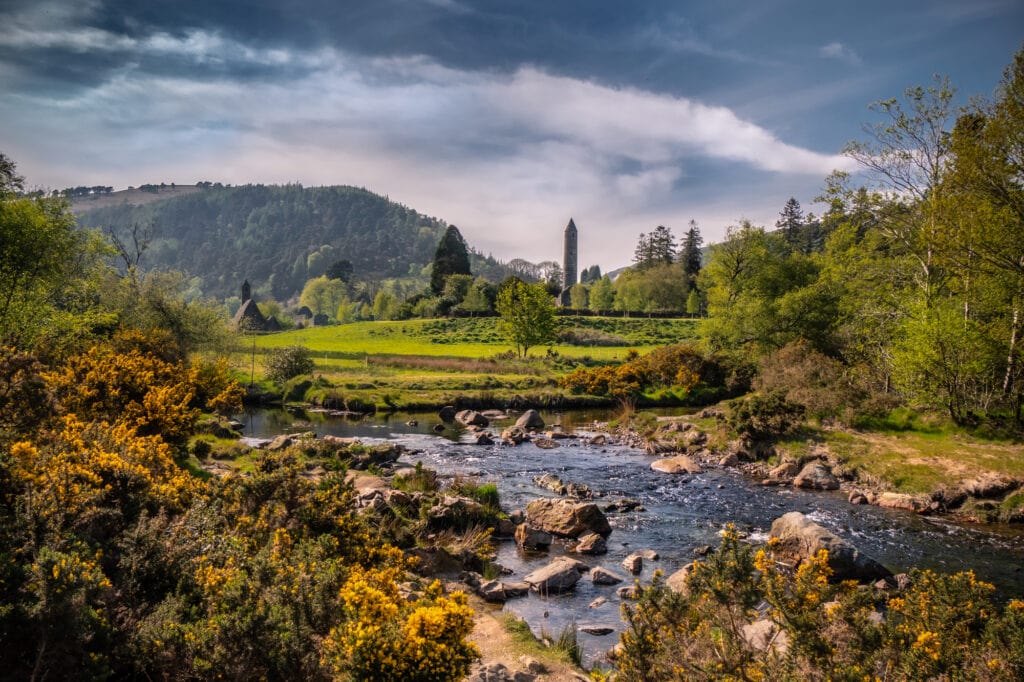
Avoiding peak season in popular tourist spots
While popular tourist spots like the Cliffs of Moher and Edinburgh Castle are must-see attractions, consider visiting them early in the morning or late in the afternoon to avoid the heaviest crowds. Additionally, booking tickets in advance can help you skip the queues.
Creating the perfect Ireland and Scotland itinerary
When creating your itinerary, consider including the following:
Recommended tours in Scotland
Take a guided tour of Edinburgh Castle to learn about Scotland’s rich history, or explore the Scottish Highlands on a scenic train journey. Consider visiting the Isle of Skye for its breathtaking landscapes and the chance to spot wildlife.
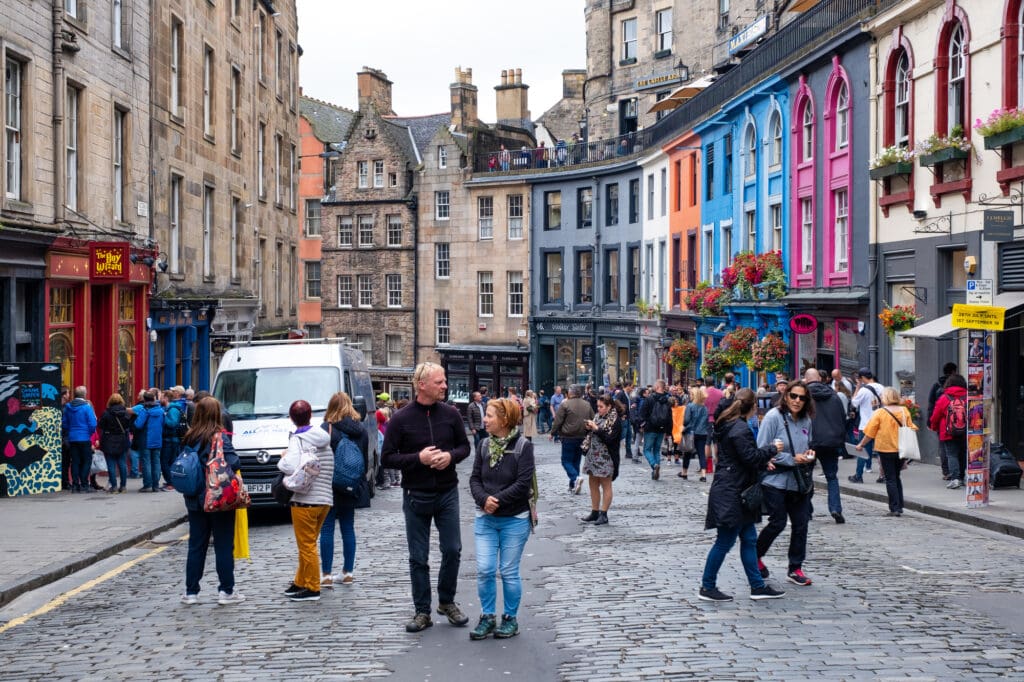
Exploring the scenic landscapes of Ireland
Ireland is known for its stunning landscapes, such as the Killary Fjord, Connemara and the Giant’s Causeway. Include these natural wonders in your itinerary to experience the true beauty of the Emerald Isle. Within these stunning landscapes you can spot ancient castles, some that are haunted and some that have now been converted to hotels.
Discovering the vibrant city of Dublin
Spend a few days exploring Dublin’s vibrant streets and immerse yourself in the city’s rich literary history. Visit the Guinness Storehouse, stroll through St. Stephen’s Green, and enjoy the lively atmosphere of Temple Bar.
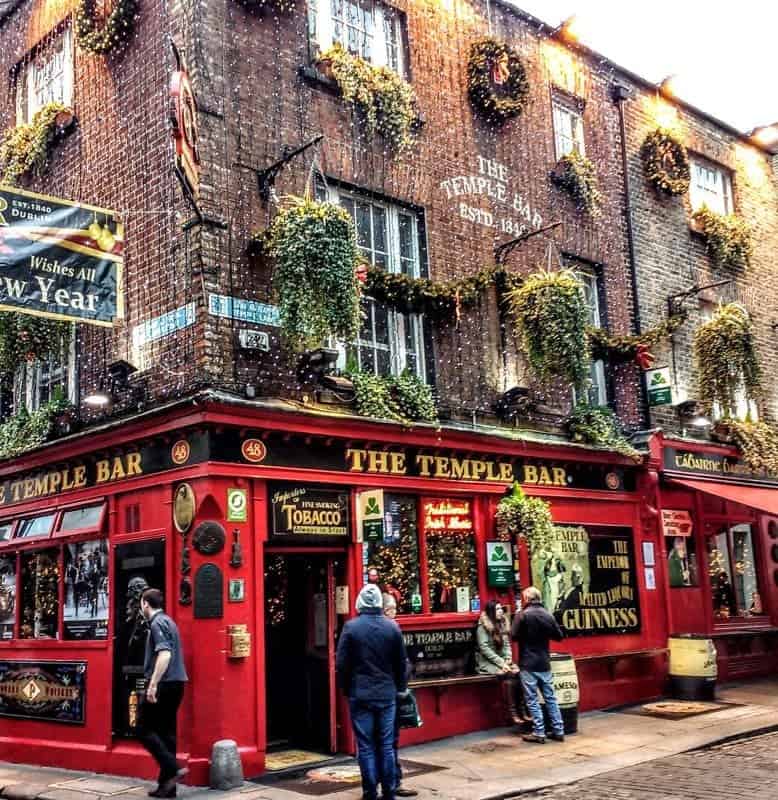
Finding the driest time in Ireland and Scotland
If you prefer drier weather during your trip, consider the following:
Weather patterns and average rainfall in Ireland
Ireland has a moist and temperate climate with rainfall throughout the year. However, the driest months are generally April, May, and June, so visiting during this time can increase your chances of experiencing drier weather.
Exploring the picturesque town of Galway
Galway, located on Ireland’s west coast, tends to have drier weather compared to other parts of the country. This makes it an ideal destination if you’re looking for a slightly sunnier experience in Ireland. Galway has some of the biggest festivals in Ireland for example the Galway International Oyster Festival.
I have to say I adored Galway its a great friendly city however having said that in the summer months it does turn into one big party town so be aware of location or you might get really annoyed with the noise and drunken students in the streets.
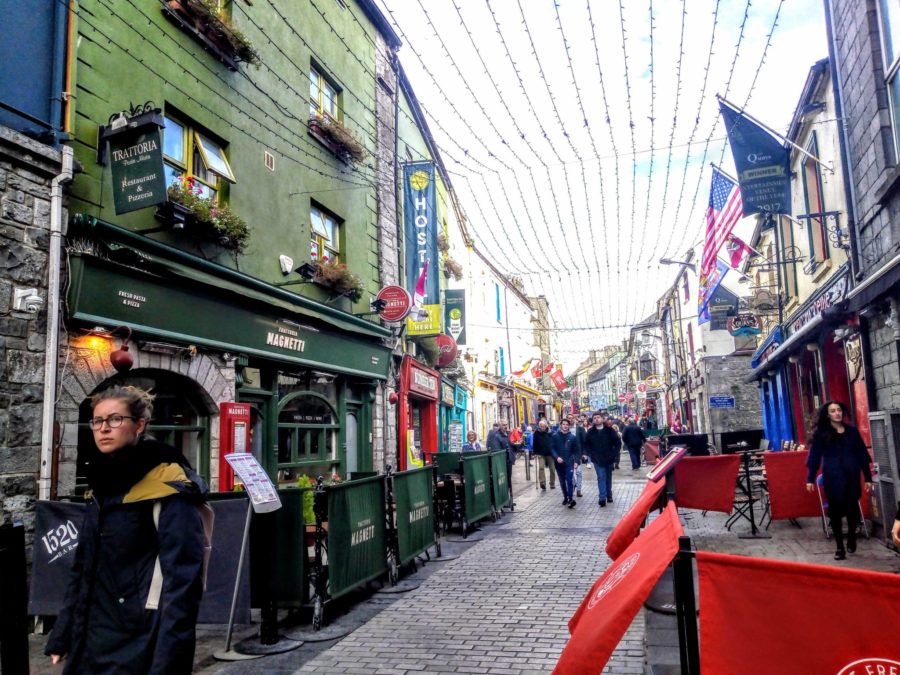
Travel the Wild Atlantic Way or Ireland’s Ancient East
The Wild Atlantic Way and Ireland’s Ancient East are two incredible destinations in Ireland that offer unique and unforgettable experiences. The Wild Atlantic Way stretches along the western coast of Ireland, spanning over 2,500 kilometers and encompassing breathtaking cliffs, stunning beaches, and charming coastal villages. Traveling along this route allows you to immerse yourself in the rugged beauty of Ireland’s nature while also indulging in traditional music and delicious seafood.
On the other hand, Ireland’s Ancient East takes you on a journey through thousands of years of history and showcases the country’s rich heritage. From ancient historical sites like Newgrange and the Rock of Cashel to medieval castles and monastic ruins, this region is a treasure trove for history lovers. Exploring the Ancient East allows you to walk in the footsteps of ancient kings and warriors and uncover the secrets of Ireland’s past. Whether you choose to travel the Wild Atlantic Way or explore Ireland’s Ancient East, you are sure to be captivated by the stunning landscapes and rich history that these regions have to offer.
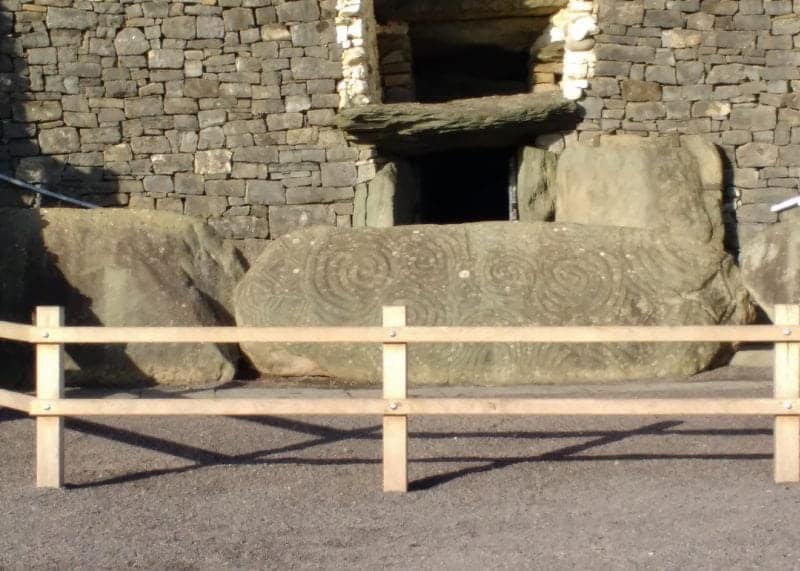
Now that you have a comprehensive guide to the best time to visit Ireland and Scotland, start planning your trip and get ready for an unforgettable adventure. Whether you choose to visit during the summer for warmer weather or explore the magical landscapes in winter, Ireland and Scotland are sure to captivate you with their beauty and charm.
Frequently asked questions on the best time to visit Scotland and Ireland
Q: When is the best time to visit Ireland and Scotland?
A: The best time to visit Ireland and Scotland is during the shoulder seasons, which are spring (April to June) and autumn (September to October). This is when the weather is mild, the landscapes are vibrant, and the tourist crowds are smaller compared to the peak summer season.
Q: What is the average temperature in Ireland?
A: The average temperature in Ireland ranges from 5°C (41°F) in winter to 20°C (68°F) in summer. However, it’s worth noting that the weather in Ireland can be quite unpredictable, so it’s always a good idea to be prepared for all types of weather conditions.
Q: What is the best month to visit Ireland?
A: The best months to visit Ireland are May, June, and September. During these months, you can expect mild weather, long days, and fewer tourists. Additionally, these months are also great for experiencing traditional Irish festivals and events.
Q: Is summer a good time to visit Ireland?
A: Summer is indeed a good time to visit Ireland, especially if you want to enjoy outdoor activities and sightseeing. The weather is generally warmer, and there are longer daylight hours. However, it’s important to note that summer is also the peak tourist season, so popular attractions can be crowded.
Q: What is the weather like in Ireland during spring?
A: Spring in Ireland brings mild weather with some rain showers. The temperatures begin to rise, and the landscapes start to bloom with colorful flowers. It’s a great time to explore the countryside and enjoy outdoor activities.
Q: What about winter in Ireland?
A: Winter in Ireland can be cold and wet, with temperatures ranging from 5°C (41°F) to 8°C (46°F). However, if you’re a fan of Christmas markets and cozy pub nights, winter can be a lovely time to visit Ireland. Just be sure to pack warm clothing and an umbrella.
Q: Are there Scotland tours available from Ireland?
A: Yes, there are several tour operators that offer Scotland tours starting from Ireland. These tours provide a convenient way to explore both countries and experience the stunning landscapes, castles, and rich history they have to offer.
Q: What is the busiest time of year to visit Ireland?
A: The busiest time of year to visit Ireland is during the summer months of July and August. This is when schools have their summer holidays, and many tourists flock to Ireland to enjoy the pleasant weather and attractions. Expect popular sites to be crowded during this time.
Q: Should I visit Ireland for the weather?
A: While Ireland may not be known for its consistently sunny weather, it offers much more than just that. The country’s rich history, stunning landscapes, vibrant culture, and warm hospitality make it a wonderful destination to visit regardless of the weather.
Q: What are the best places to visit in Ireland?
A: Some of the best places to visit in Ireland include Dublin, Galway, the Ring of Kerry, the Cliffs of Moher, the Giant’s Causeway, Killarney National Park, and the Aran Islands. These destinations offer a mix of historical sites, natural beauty, and unique experiences.
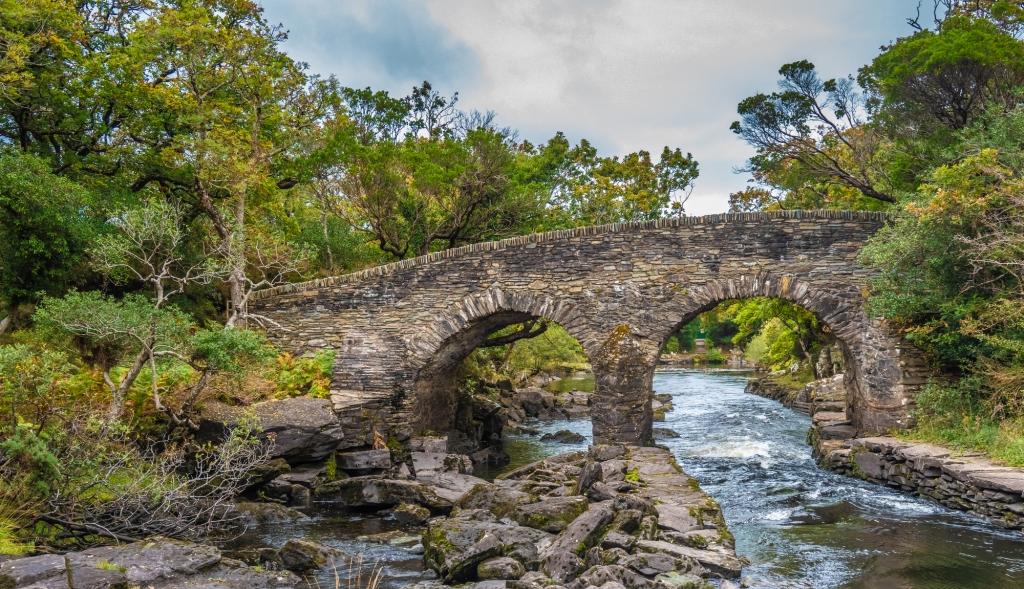
In conclusion, the best time to visit Ireland and Scotland is during the summer months of June to August. This is when the weather is at its mildest and the days are longest, allowing for more time to explore the stunning landscapes. In Ireland, this is also the time for various festivals and events, such as the Galway International Arts Festival and the Dublin Horse Show.
Similarly, Scotland hosts the famous Edinburgh Festival Fringe during this period, which is the world’s largest arts festival. Moreover, the summer months offer the opportunity to witness beautiful blooming flowers, vibrant green countryside, and enjoy outdoor activities like hiking and cycling.
However, it is important to note that this is also the peak tourist season, so popular attractions can be crowded and accommodation prices may be higher. Therefore, it is advisable to book accommodations and popular attractions in advance and consider visiting during the shoulder seasons of spring or autumn for a quieter experience. Ultimately, both Ireland and Scotland offer incredible beauty and unique cultural experiences year-round, so any time you visit will surely be memorable.

